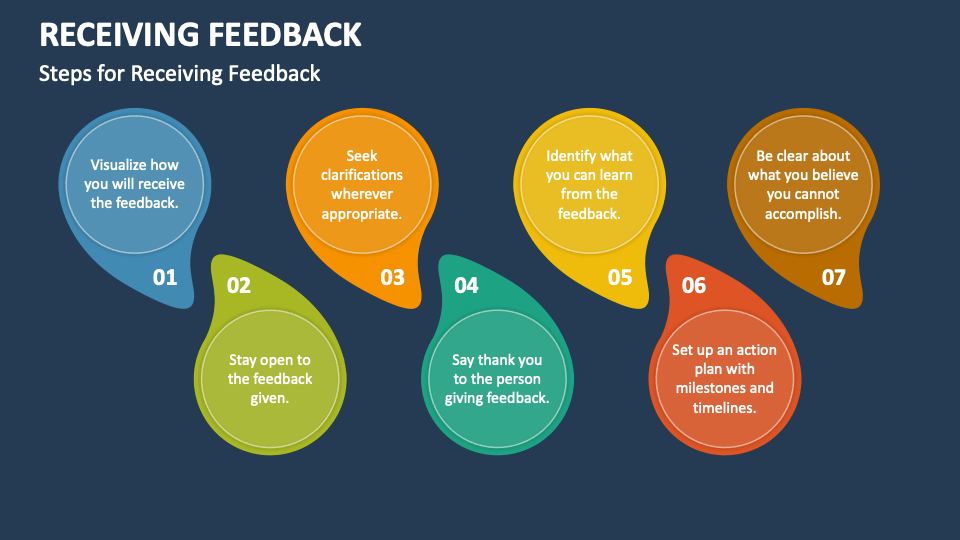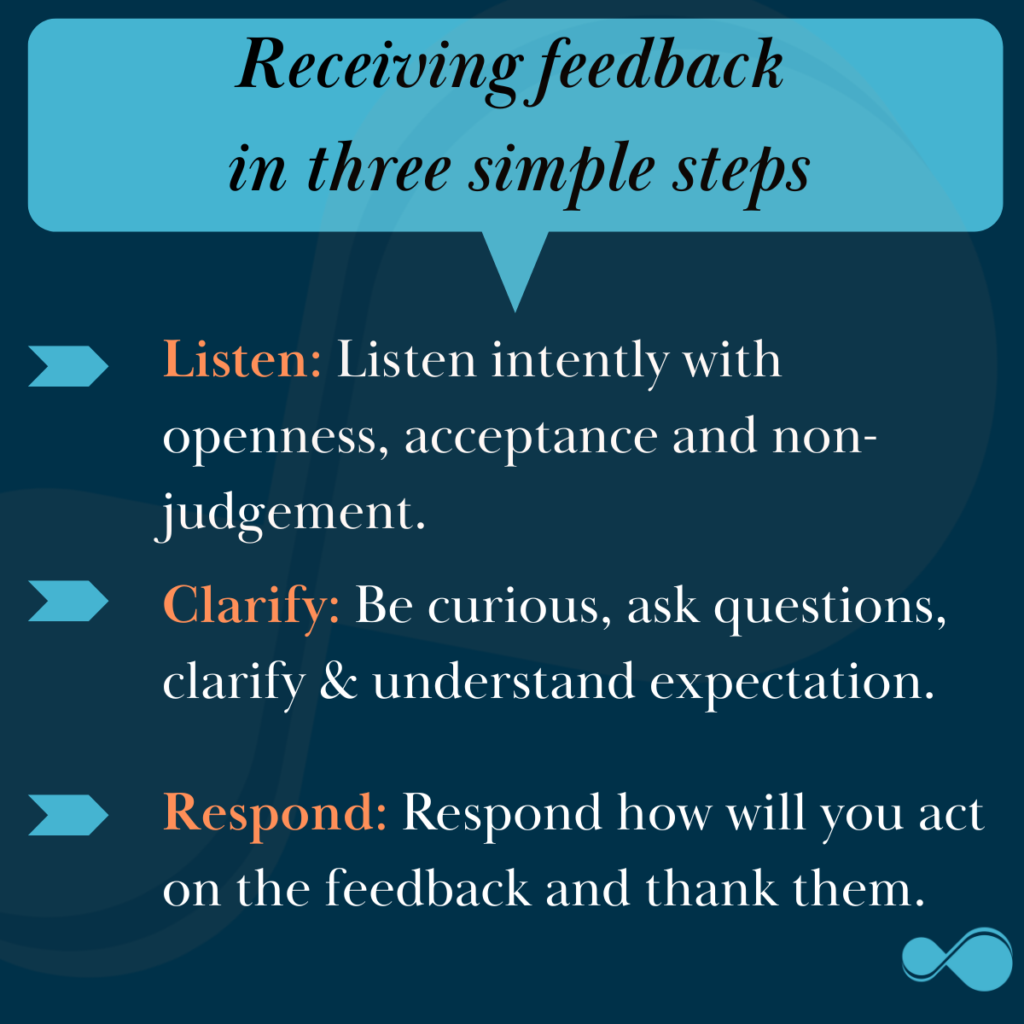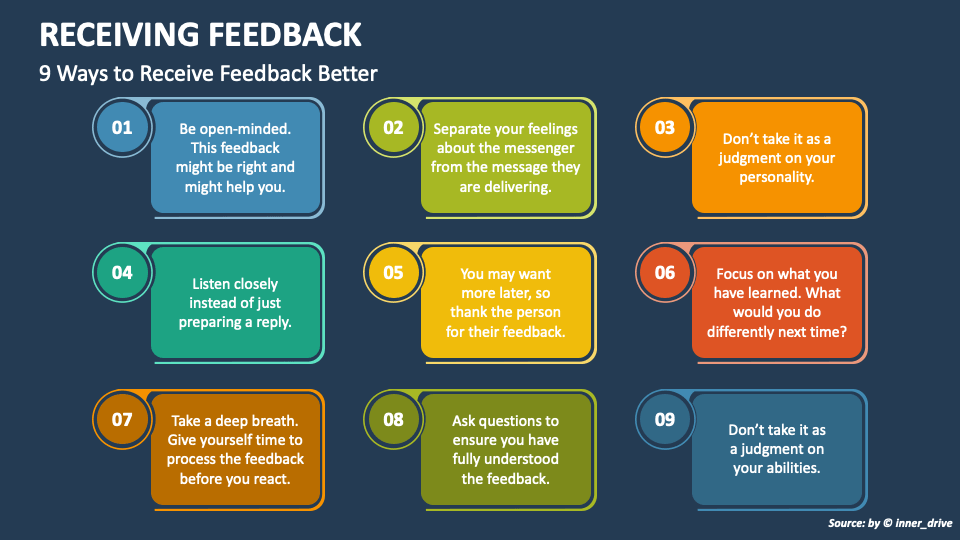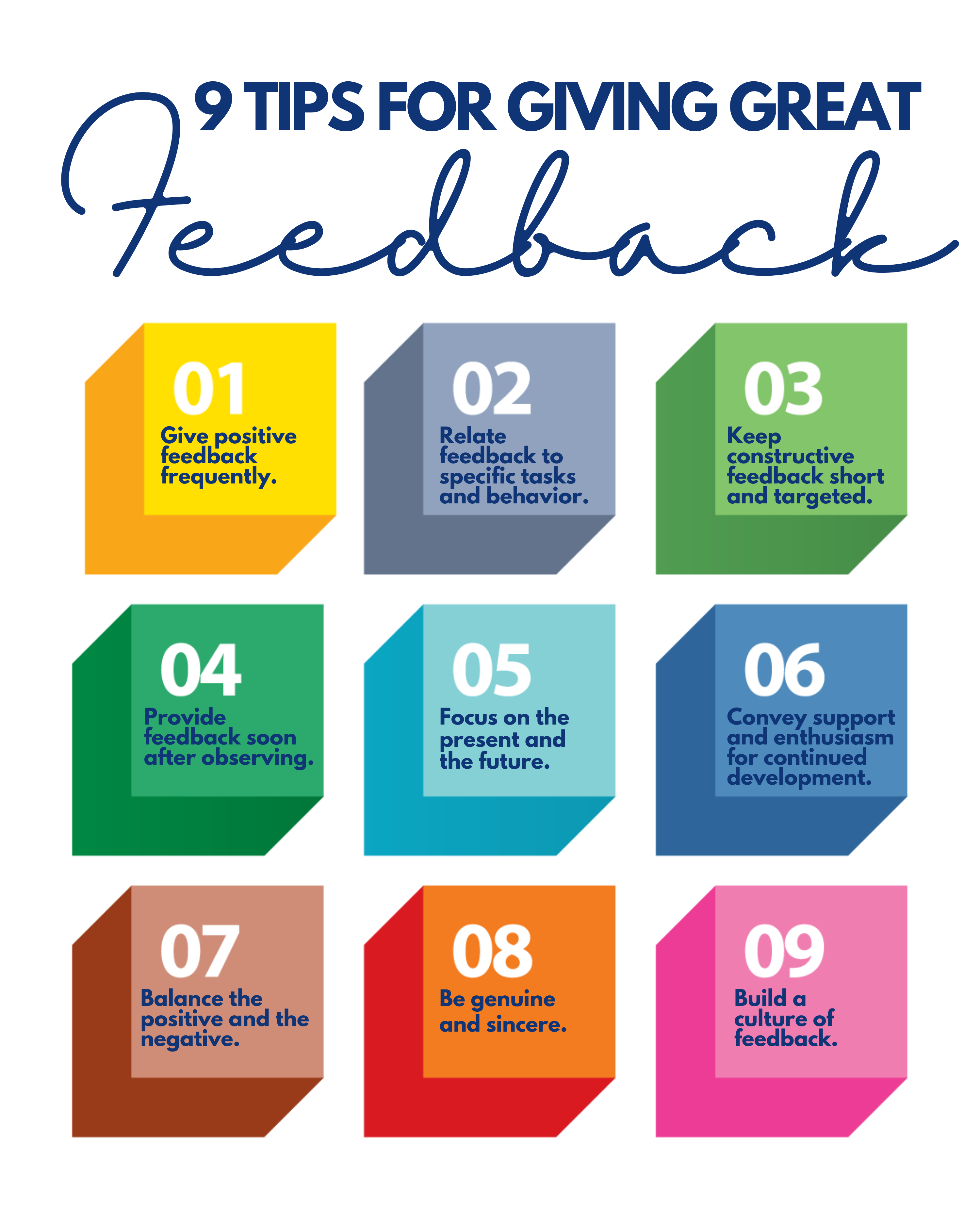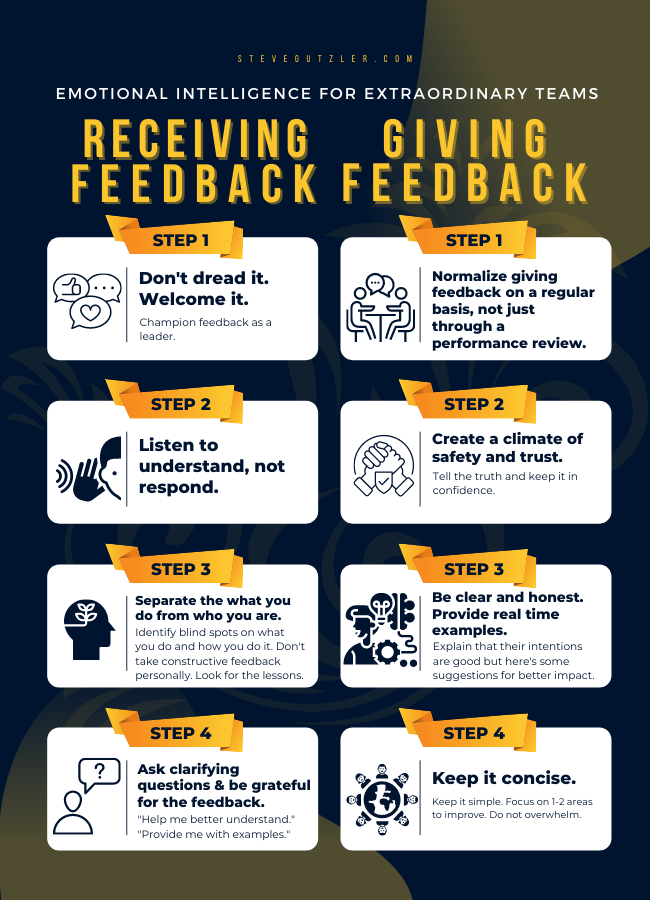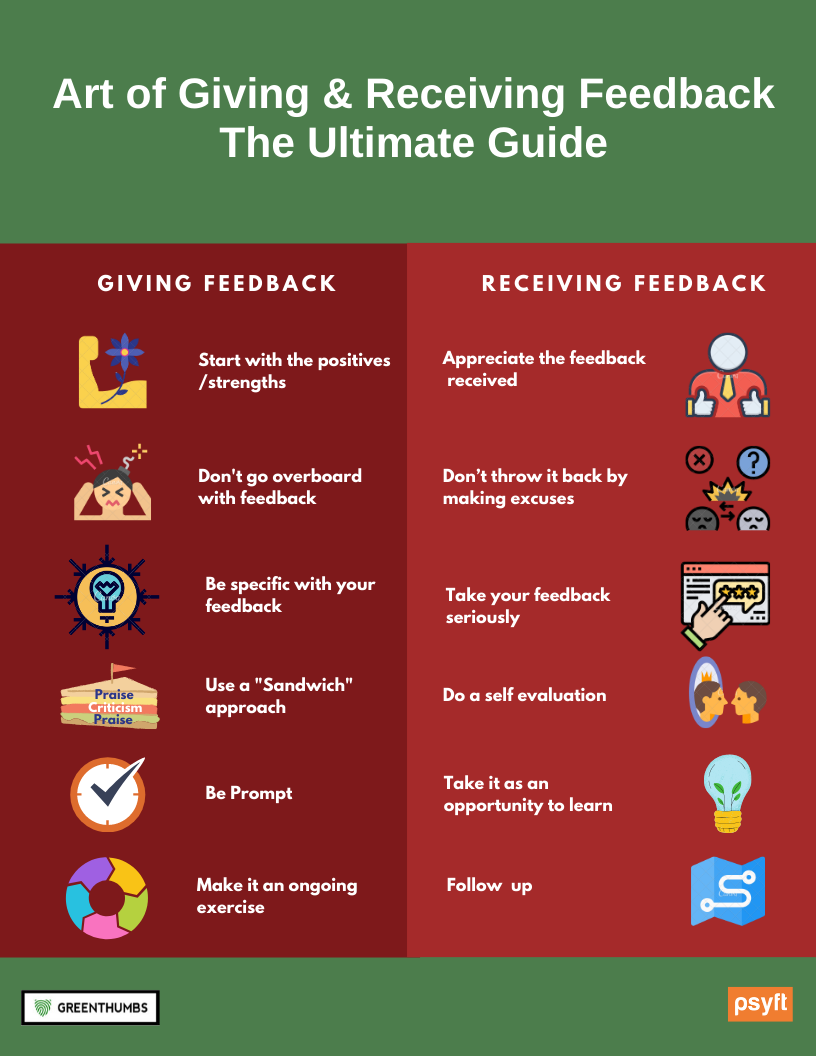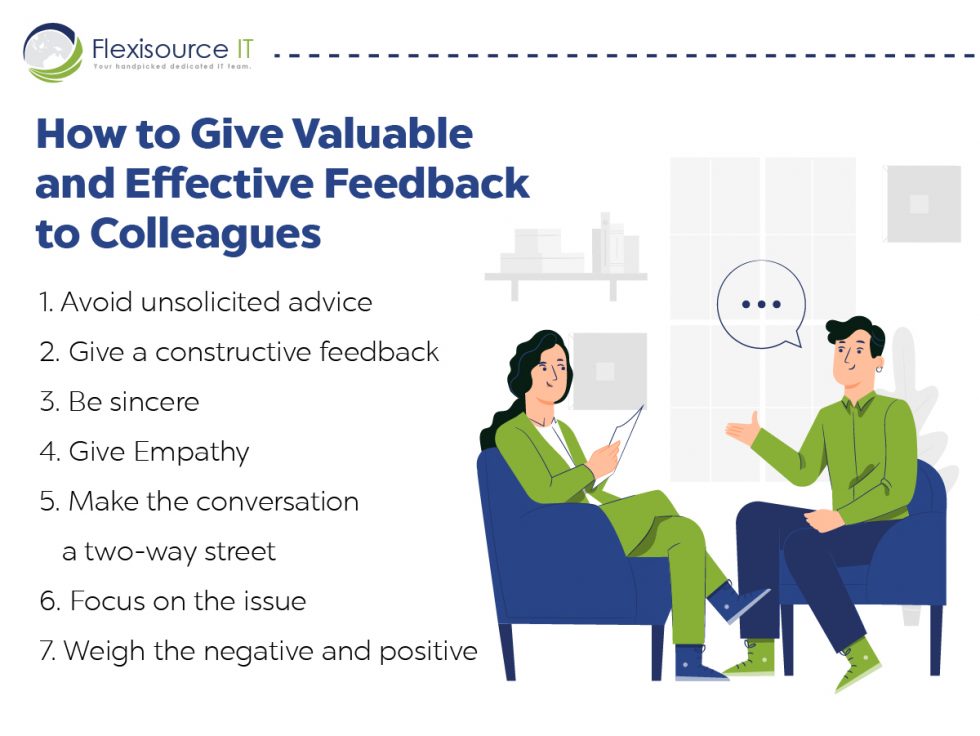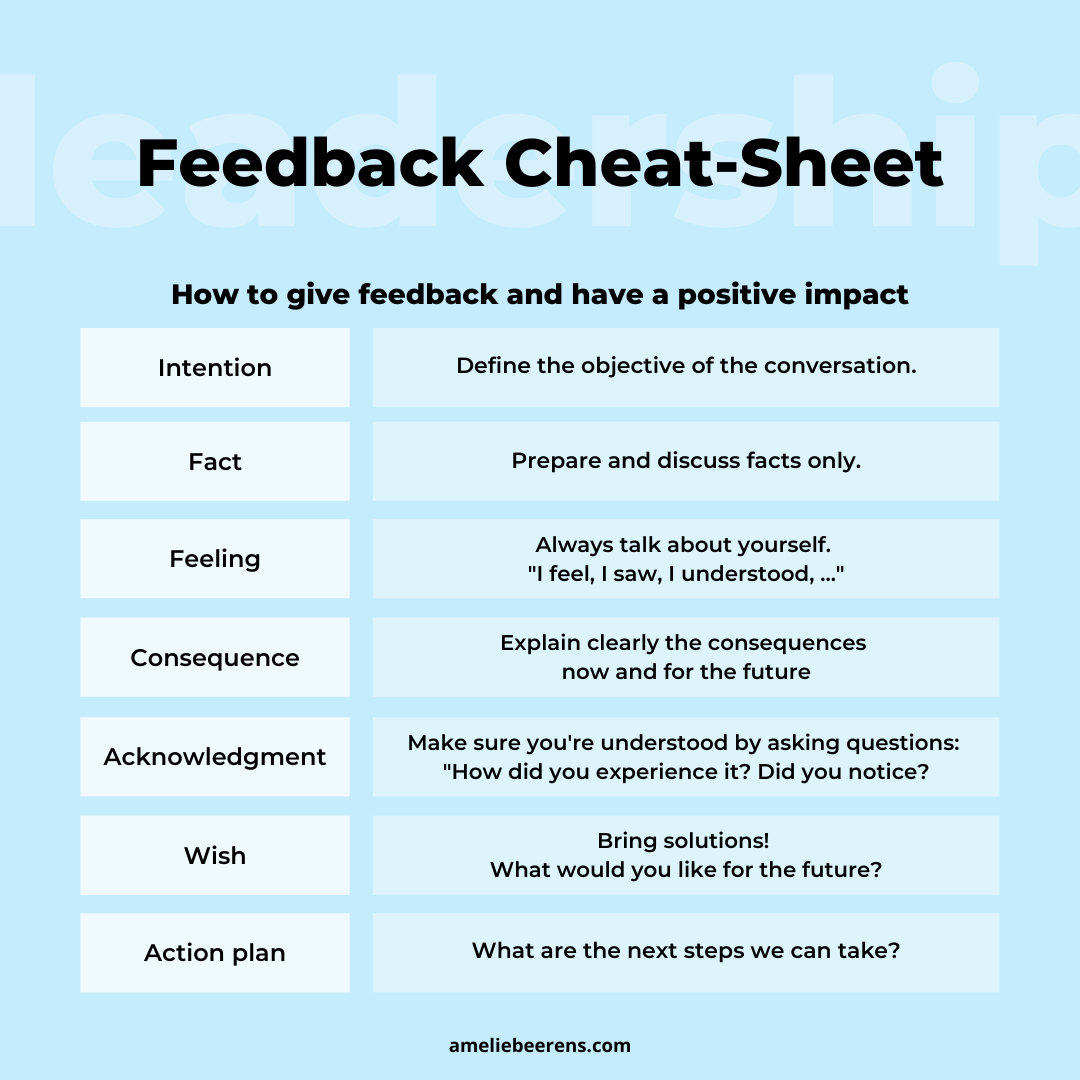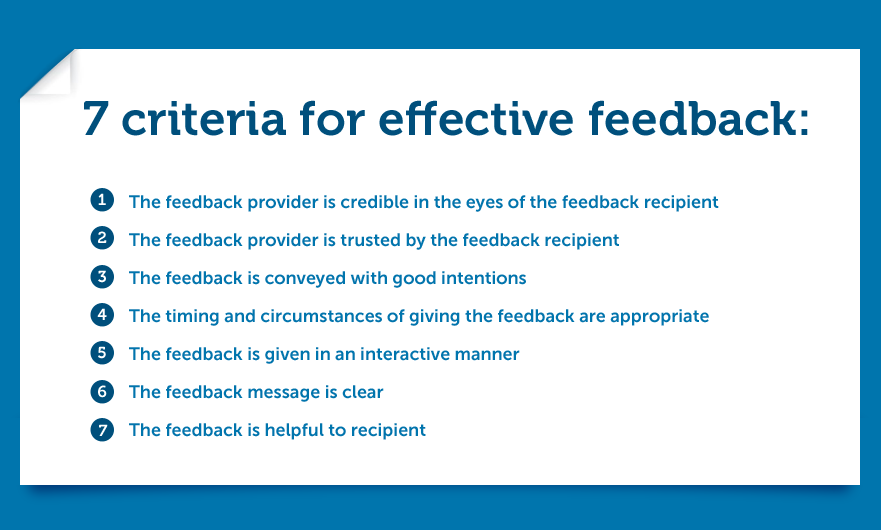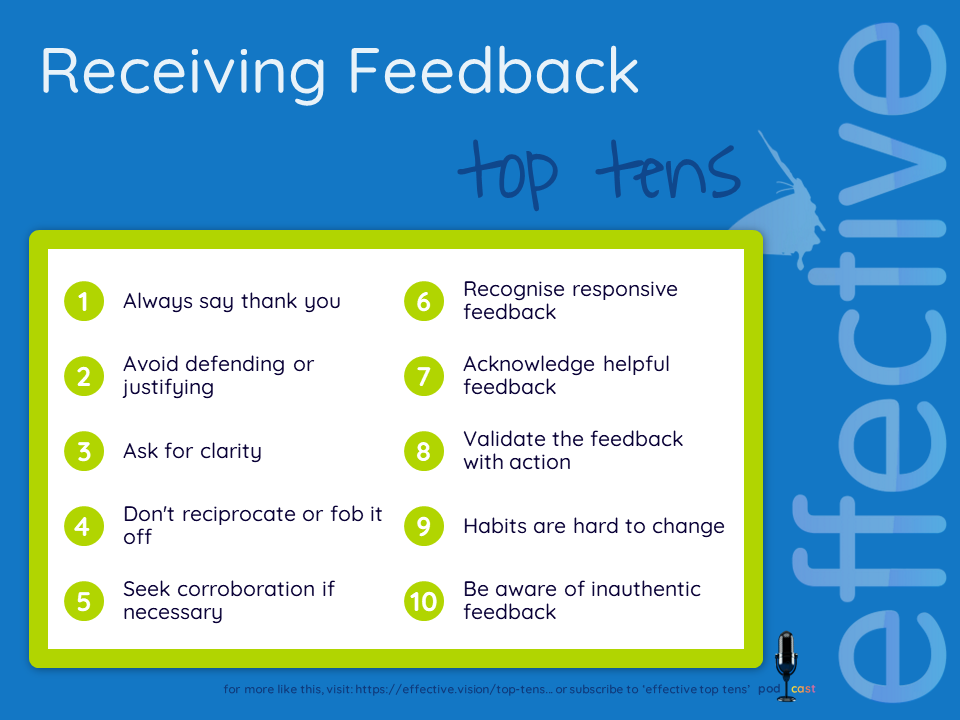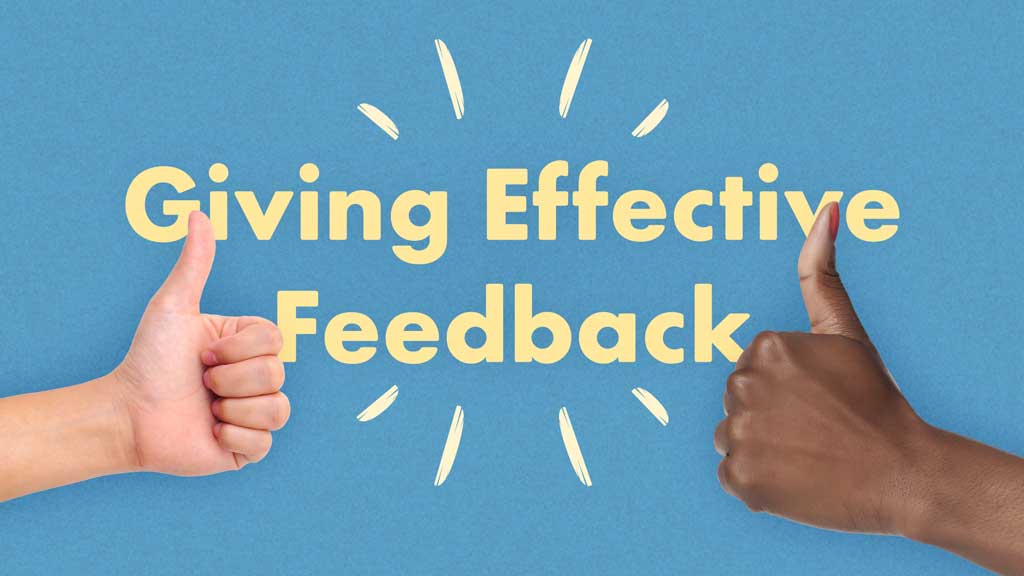How To Get Better At Receiving Feedback
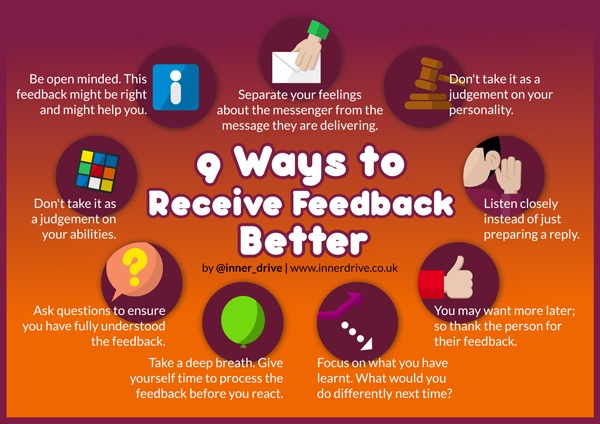
Confronting criticism head-on is vital for professional and personal growth. Mastering the art of receiving feedback can unlock your potential, but it requires a strategic approach.
This article distills expert advice into actionable steps for transforming feedback from a painful blow to a powerful tool for self-improvement. Learn how to navigate feedback, even when it's difficult to hear.
Understand Your Initial Reaction
First, recognize that defensiveness is a common, human response. According to a study by Harvard Business Review, our brains process criticism as a threat. This activates our "fight or flight" response.
Take a deep breath and consciously acknowledge your feelings without judgment. Give yourself time to process the information before reacting.
Actively Listen and Seek Clarification
Resist the urge to interrupt or formulate a rebuttal while the feedback is being delivered. Focus intently on understanding the message.
Ask clarifying questions. Seek specific examples to better grasp the feedback's context and meaning. For instance, ask, "Can you provide a specific instance where my report was unclear?".
Separate the Message from the Messenger
Avoid focusing on the delivery style or the person giving the feedback. Concentrate on the content of the message itself.
Was the feedback delivered harshly? Try to filter out the emotion and identify the core message being conveyed. Remember, even poorly delivered feedback can contain valuable insights.
Practice Empathy and Perspective-Taking
Put yourself in the shoes of the person giving the feedback. Try to understand their perspective and motivations.
Are they trying to help you improve? Do they have insights into your performance that you may not be aware of? Consider that feedback is often offered with good intentions, even if it doesn't feel that way.
Identify Actionable Steps
Translate the feedback into concrete actions you can take to improve. Vague criticism isn't helpful. Look for tangible areas for development.
Create a plan to address the feedback. For example, if you received feedback on your presentation skills, sign up for a public speaking workshop or practice in front of a mirror.
Express Gratitude and Follow Up
Show appreciation for the feedback, regardless of how difficult it was to receive. This demonstrates your willingness to learn and grow.
Thank the person for their time and effort. After implementing changes based on the feedback, follow up with the person who provided it to show progress and solicit further guidance. "Thank you for the feedback on my report. I've revised it based on your suggestions. Could you take a look?"
Don't Take It Personally (Easier Said Than Done)
Remember that feedback is about your performance, not your worth as a person. It's an opportunity to learn and evolve.
Separate your ego from your work. According to Forbes, individuals who detach their self-worth from their performance are more resilient and open to learning.
Document and Track Feedback
Keep a record of the feedback you receive, both positive and negative. This will help you identify patterns and track your progress over time.
Create a spreadsheet or document where you can log feedback, action items, and outcomes. This will provide a comprehensive view of your development journey.
Seeking Additional Help
Consider seeking guidance from a mentor, coach, or therapist if you struggle with receiving feedback. These professionals can provide support and tools to navigate difficult conversations.
SHRM (Society for Human Resource Management) offers resources and training programs on effective communication and feedback techniques.
The ability to receive feedback effectively is a critical skill for success in all areas of life. By implementing these strategies, you can transform criticism into a catalyst for growth and achievement. Embrace the feedback loop and unlock your full potential.
